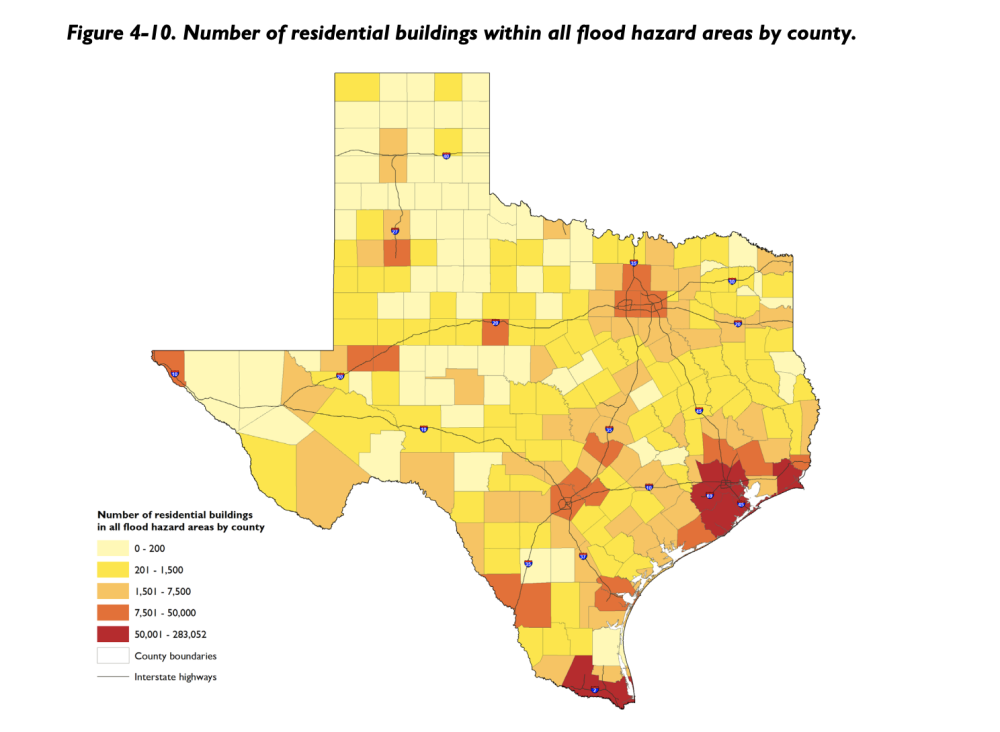“Planning, in the long term, is going to save lives; it’s going to protect people; it's going to reduce misery, ... not just in monetary costs but also in human suffering,” said Reem Zoun, the director of flood planning for the Texas Water Development Board. “What we do will not eliminate flooding. If we have large storms, we're still going to flood—but if we work properly and proactively, and have appropriate floodplain management practices, we will see less impact.”
What you need to know
State lawmakers directed the TWDB to create the flood plan in 2019, in the aftermath of Hurricane Harvey. The plan lays out policy recommendations from the board and 15 regional flood planning groups, including:
- Increasing funding for low-water crossing safety
- Expanding early warning systems for floods
- Enhancing dam and levee safety programs
- Creating minimum building and infrastructure standards to reduce fatalities and property damage

“Texas is a geographically diverse state—what works in West Texas doesn't work in East Texas; what works in South Texas doesn't work in North Texas. It's extremely different,” Peyton said. “This flood plan [lays] out a centralized guidebook for folks across the state who maybe in the past didn't know what their flood risk was.”
Quotes of note
Frances Acuna, a Central Texas resident and one of over 360 volunteers who worked on the flood plan, said the plan will bring hope to communities that experience repeated flooding.
“I was told so many things, including, ‘If you don't like it, leave,’” Acuna said. “But these people don't have that option ... [in] low-income communities.”
In a social media post, Gov. Greg Abbott called the plan “a big achievement for Texas” and said the board’s work would help Texans better prepare for future flooding.
The TWDB will submit its plan to the Texas Legislature by Sept. 1. Lawmakers are expected to consider the plan’s recommendations when drafting the state budget and other policies next year.
The board is required to update the flood plan every five years, and Zoun said that process had already begun as of Aug. 15.





